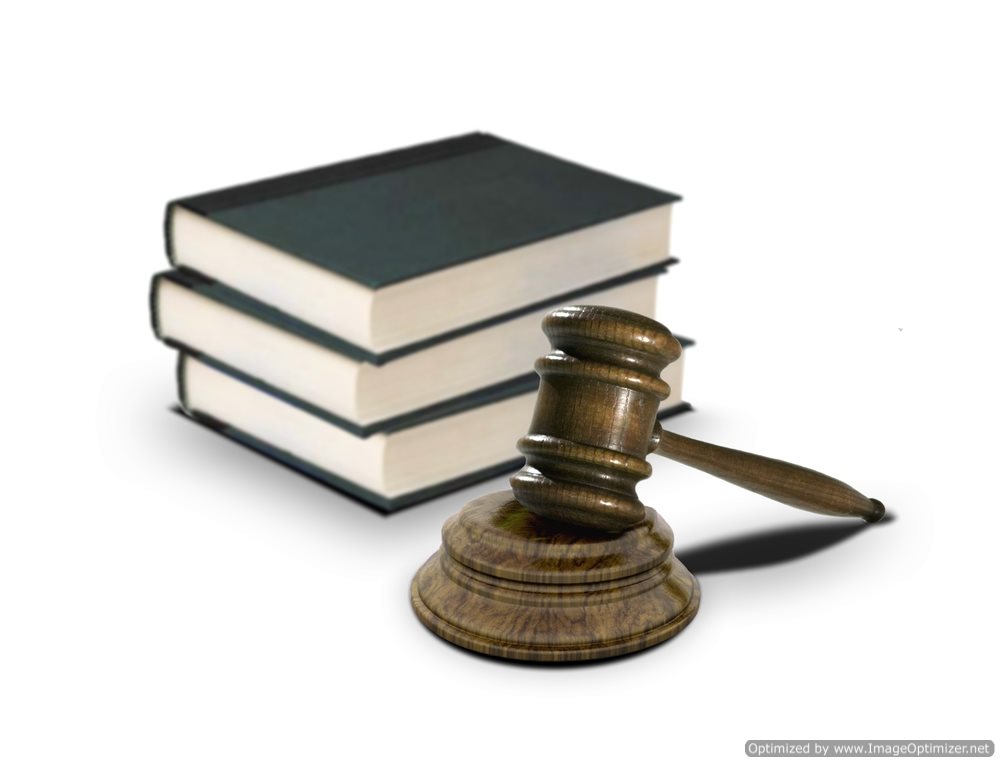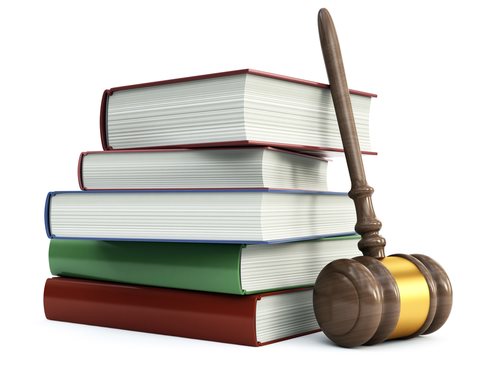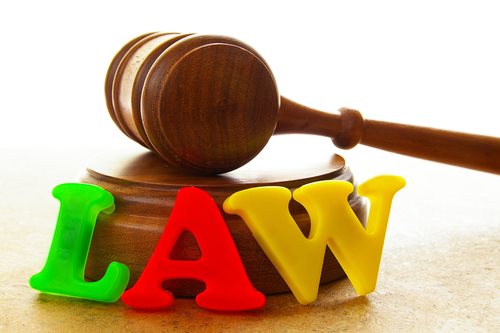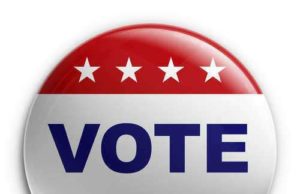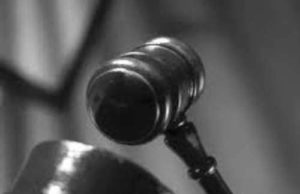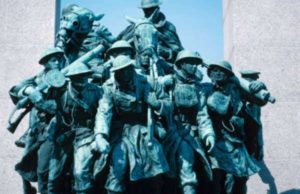Case Studies of Harvard Business Cases
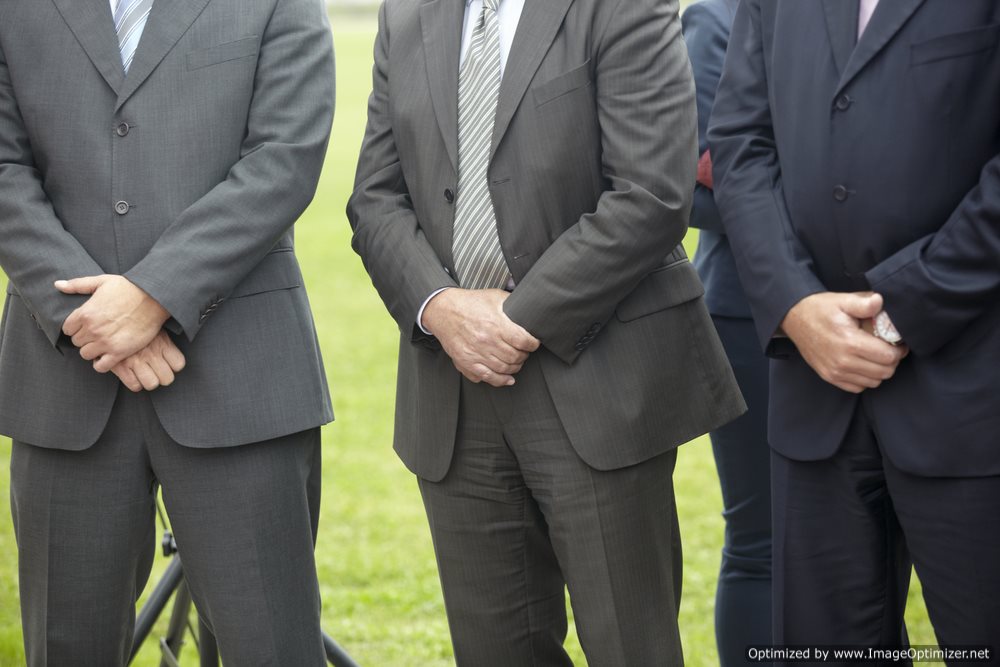 What is a Case Study?
What is a Case Study?
A case study is a distinct type of research methods that is incorporated within the field of social science. A case study is a research paper that is delivered in a specific format and submitted as a formalized document. A case study can come in many forms and are typically evaluated and developed in an academic or business setting.
All Case studies require the exhaustive evaluation in alignment with the studying of a person, a small group of individuals, a single situation, or a specific case. Case studies are developed to reveal a correlation between two factors; case studies are used to elucidate upon a social phenomenon, a legal matter, or an empirical question to reveal whether or not a causal relationship can be proven.
For example, a common social case study may reveal that a lot of criminals tend to look at or purchase pornographic material. This information and subsequent conclusion would reveal that there is a direct correlation or at least an association between committing crimes and purchasing pornography. Although there is no scientific evidence that links observing pornography to committing crimes, case studies in this example, simply reveal a correlation between the two.
The evaluation of case studies is based on the in-depth investigation of a single individual, a group, or a specific event. As a result of this somewhat broad definition, case studies may be descriptive or explanatory in nature. The latter form is typically used to explore causation in order to find the underlying principles of a particular legal matter or social phenomenon.
Why is a Case Study Used?
In academic circles, particularly business schools, a case study will be used to evaluate individual or consumer behavior in alignment with a particular industry or market. Harvard business cases, for example, are complex analytical tools that will elucidate upon the relationship between a group of consumers and a broader sociological issue. For example, common case studies may evaluate alternative energy sources and their direct benefit or cost placed on the environment and the individual consumer.
A case study can be used for an assortment of reasons, but for the most part, the information-based study aims at revealing a relationship between an individual and a greater entity to decipher why people make the decisions they make or why something purchased or obtained imposes particular aftereffects.
Harvard Business Cases:
When the Harvard business school first started, the faculty members quickly realized that there were no textbooks or scholarly journals that were suitable to teach a graduate program in business. The faculty’s first solution was to interview leading business professionals and to create detailed accounts of how those individuals operated in their particular businesses. These Harvard business cases were typically written by the faculty themselves and later refined in the classroom before they were published.
Additional documentation, such as financial statements, short biographies and time-lines were attached to these Harvard business cases to further elaborate the behavioral methods of professionals. As a result, these compiled reports acted as the foundation for the Harvard business school’s curriculum; students evaluated the decisions made by these professionals and drew conclusions to their reasoning as well as the circumstances that resulted from such business decisions.






